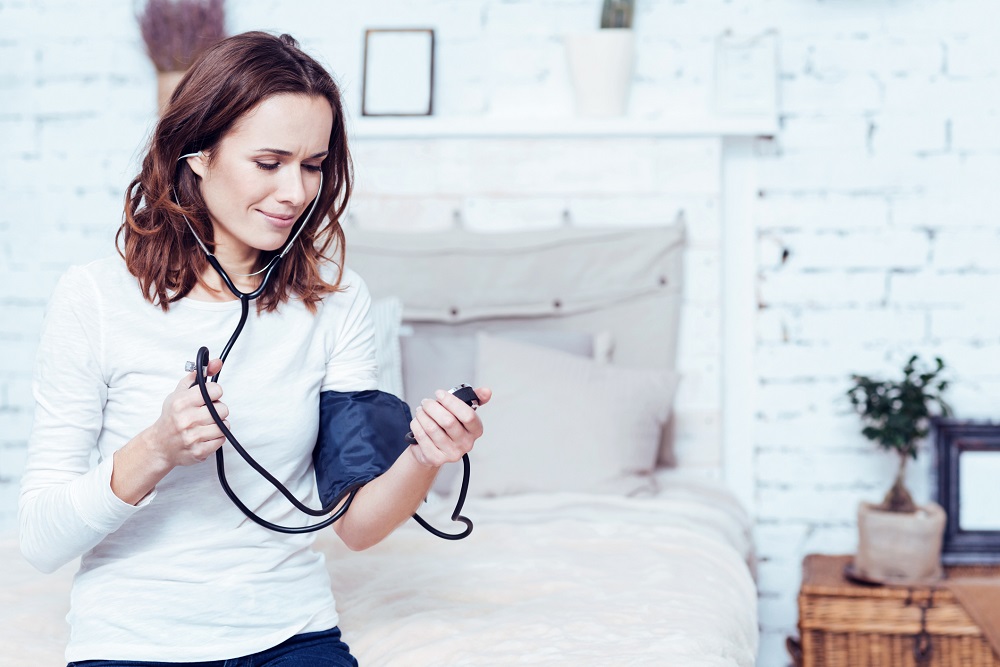 Measuring your blood pressure at home is a very important part of properly managing hypertension. Therefore taking accurate measurements is crucial.
Measuring your blood pressure at home is a very important part of properly managing hypertension. Therefore taking accurate measurements is crucial.
To ensure accuracy, there are several things you should and should not do while measuring, as they can affect your reading. Here are a few:
- Always use the bathroom before measuring- Having a full bladder can add points to your reading.
- Remain quiet- Talking while checking your blood pressure can cause deviations in measurements.
- While seated make sure your back is supported and both your feet are placed flat on the ground-Measuring blood pressure in a posture where your back or feet are not supported can affect readings.
- Keep your arm leveled with your heart- If your arm is not on the same level as your heart while getting a reading, you run the risk of getting measurements that are higher than your actual blood pressure level. Always make certain your arm is supported, you can rest it on a chair arm, table or desk to receive the best positioning.
- Do not place the blood pressure cuff over clothing – Studies show that doing so can have an impact on systolic blood pressure. Your cuff should be placed on your bare arm during measurements.
- Do not eat or drink anything 30 minutes before taking your blood pressure- Consuming food or drinking beverages within that time can result in a reading that may be inaccurate and high.
Improperly measuring your blood pressure can have serious consequences. According to the Centers for Disease Control and Prevention (CDC), “A reading that underestimates your blood pressure might give you a false sense of security about your health. But a reading that overestimates your blood pressure might lead to treatment you don’t really need.”
In addition to following best practices for an accurate blood pressure reading, it is important that you keep track of your numbers. You can use a notebook, app or chart to do so. If you are concerned about changes in your blood pressure readings, contact your doctor right away.
All content of this newsletter is intended for general information purposes only and is not intended or implied to be a substitute for professional medical advice, diagnosis or treatment. Please consult a medical professional before adopting any of the suggestions on this page. You must never disregard professional medical advice or delay seeking medical treatment based upon any content of this newsletter. PROMPTLY CONSULT YOUR PHYSICIAN OR CALL 911 IF YOU BELIEVE YOU HAVE A MEDICAL EMERGENCY.
